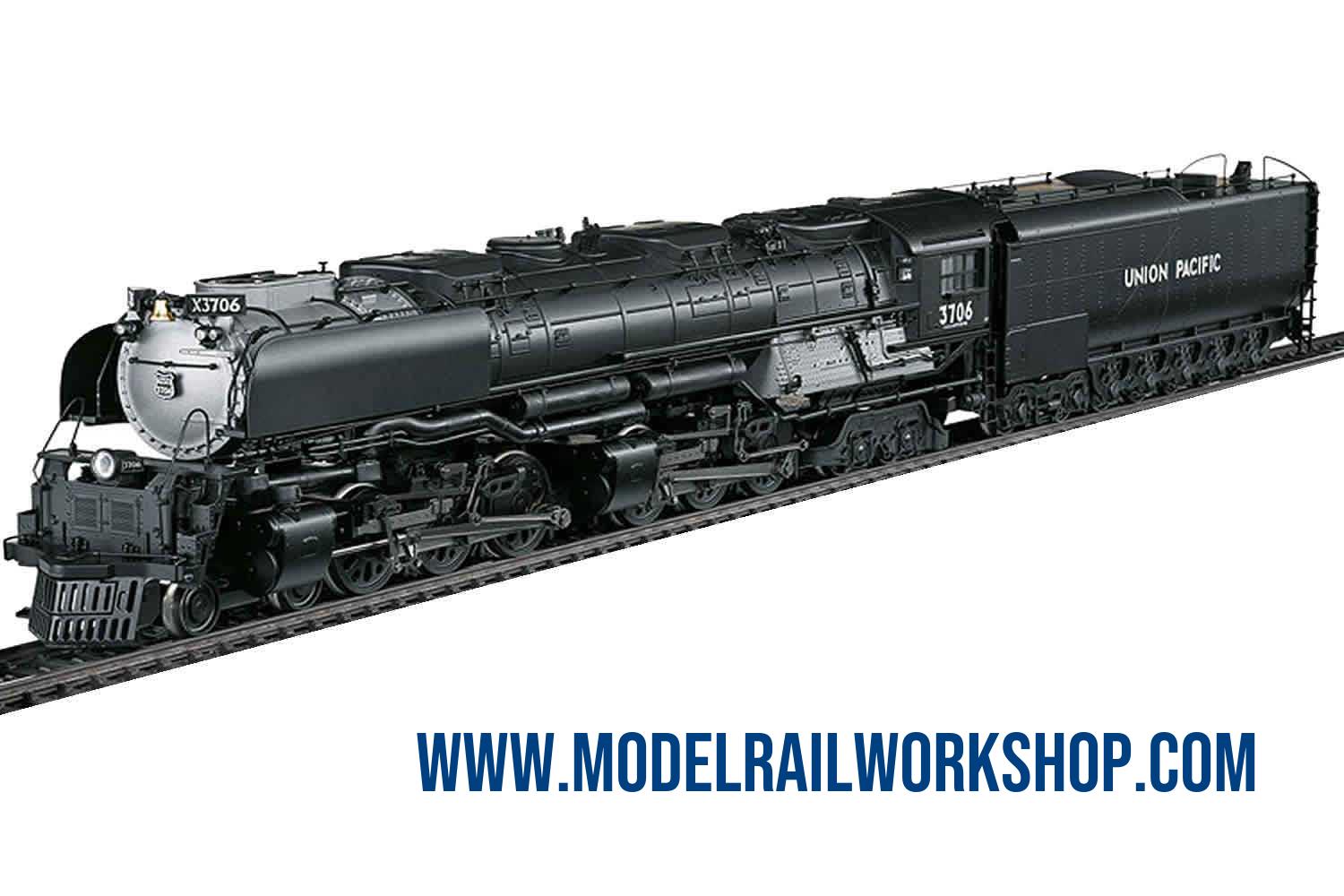
| KEY DATA | |
|---|---|
| Product Name | 39911 Steam locomotive with tender - class 3900 Challenger |
| Object type | Locomotive-Steam tender |
| Product Line | Märklin Special Model |
| Era | 1945-1970 (III) |
| Manufactured years | 2016-2018 |
| Text on object | Union Pacific |
| Number on object | 3706 |
| Classification | 3900 "Challenger" |
| Type of housing | Metal |
| Length | 42.5 cm |
| Technology | Digital MFX+ |
| Railway company | US-Union Pacific |
| Märklin RRP (Year) | 730€ (2017) |
| Koll valuation (Year) | 480€ (2022) |
| Url to Märklin | Klick to GoTo www.maerklin.de |
| Description | |
|---|---|